- All
- Product Management
- News
- Introduction
- Enterprise outlets
- FAQ
- Enterprise Video
- Enterprise Atlas
Intestinal microecological preparations and liver protection against alcohol

According to the latest white paper data released by the China Alcoholic Beverage Association titled 'Status of Moderate Drinking Among Chinese Drinkers': the drinking population in China reaches 600 million, with 60% of them being 'forced to drink'; the blue paper 'Happy Life with Moderate Drinking in China' indicates that 123 million people in China engage in excessive drinking behavior. After alcohol enters the body, it is absorbed through the gastrointestinal tract, with 90% needing to be metabolized in the liver. However, most people in China lack aldehyde dehydrogenase, making it difficult to metabolize alcohol in a timely manner, which undoubtedly increases the burden on the liver. Long-term or excessive drinking can lead to high blood pressure, indigestion, alcoholic cardiomyopathy, chronic gastrointestinal inflammation, and other diseases.
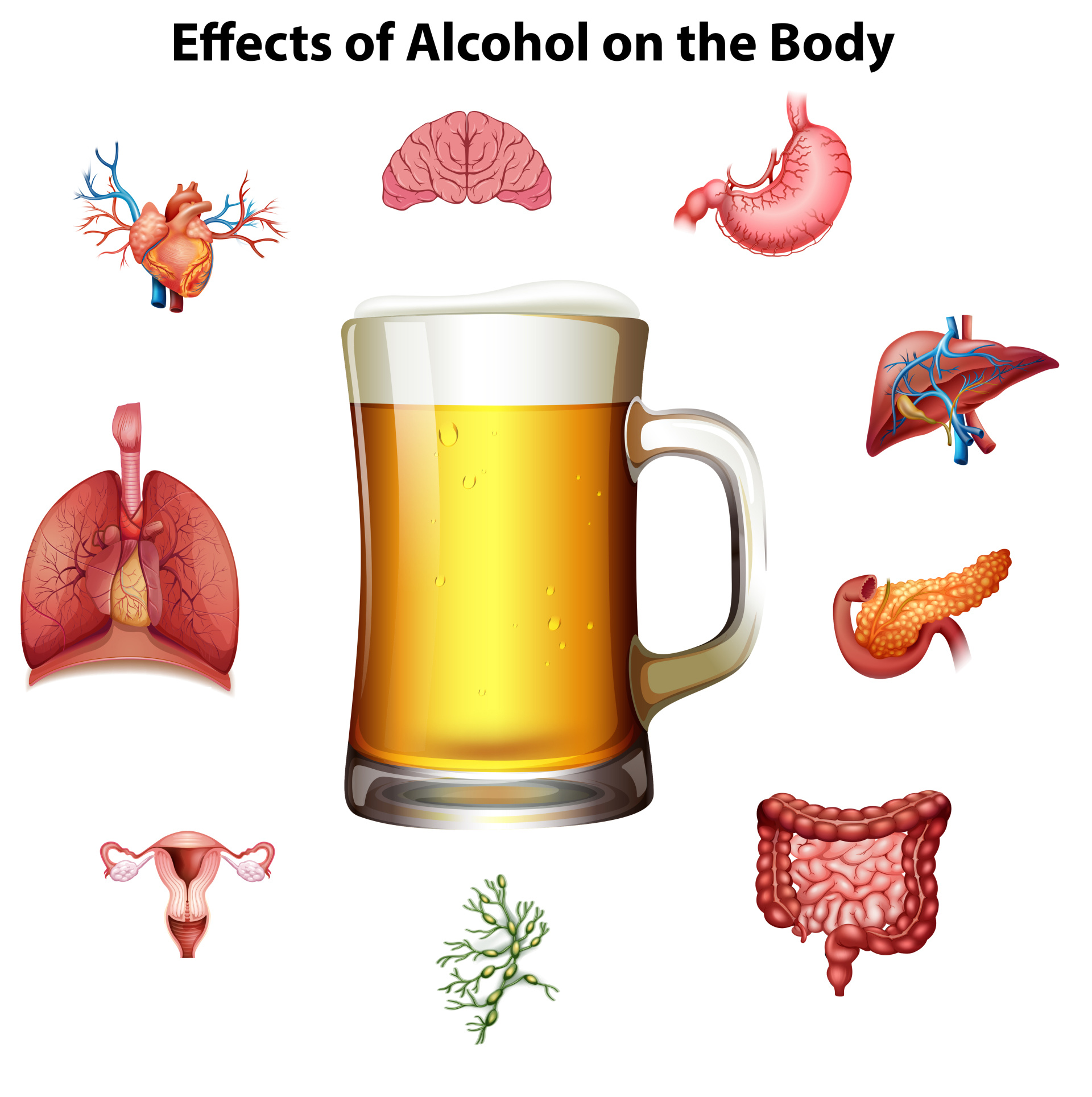
Public information shows that most of the existing hangover relief and liver protection products on the market are chemically synthesized drugs, liver-protecting traditional Chinese medicines, or protein peptide drugs, which have issues such as slow efficacy, poor treatment effects, obvious side effects, or unclear mechanisms of action. With a large amount of animal experimental data and clinical trial results proving that some probiotics have been reported to be useful in preventing and treating alcoholic liver disease, and are simple and have no side effects.This provides a new idea for using micro-ecological preparations to improve alcoholic liver disease.The impact of alcoholic liver injury on gut microbiota
The liver is one of the largest immune organs in the human body, capable of breaking down and metabolizing toxic substances in the body and preventing bacterial metabolic products from entering the human circulation. Under normal circumstances, various toxins from the intestine (including endotoxins, ammonia, indole, phenols, short-chain fatty acids, precursors of pseudo-neurotransmitters, etc.) need to be cleared by the liver, which can also eliminate intestinal bacteria, fungi, etc. Once liver function is impaired, the gut microbiota, as an important component of the gut-liver axis, can undergo significant changes, leading to impaired intestinal barrier function. A large number of intestinal bacteria and their various metabolic products translocate into extraintestinal organs, excessively activating the immune system, causing abnormal immune responses, and leading to hepatocyte apoptosis and necrosis. Under pathological conditions, liver disease and gut microbiota influence each other or are mutually causal.
Weizmannia coagulans and related researchWeizmannia coagulansalso known as Bacillus coagulans, is a Gram-positive bacterium, facultatively anaerobic, non-pathogenic, capable of forming spores and producing lactic acid, with industrial characteristics such as heat resistance, acid resistance, and bile resistance; it has been widely used in medicine, food, and chemical industries; at the same time, studies have reported that Weizmannia coagulans can improve intestinal diseases such as acute diarrhea, irritable bowel syndrome, antibiotic-associated diarrhea, constipation, and colitis by regulating the composition of the microbiota, host immunity, and metabolism.
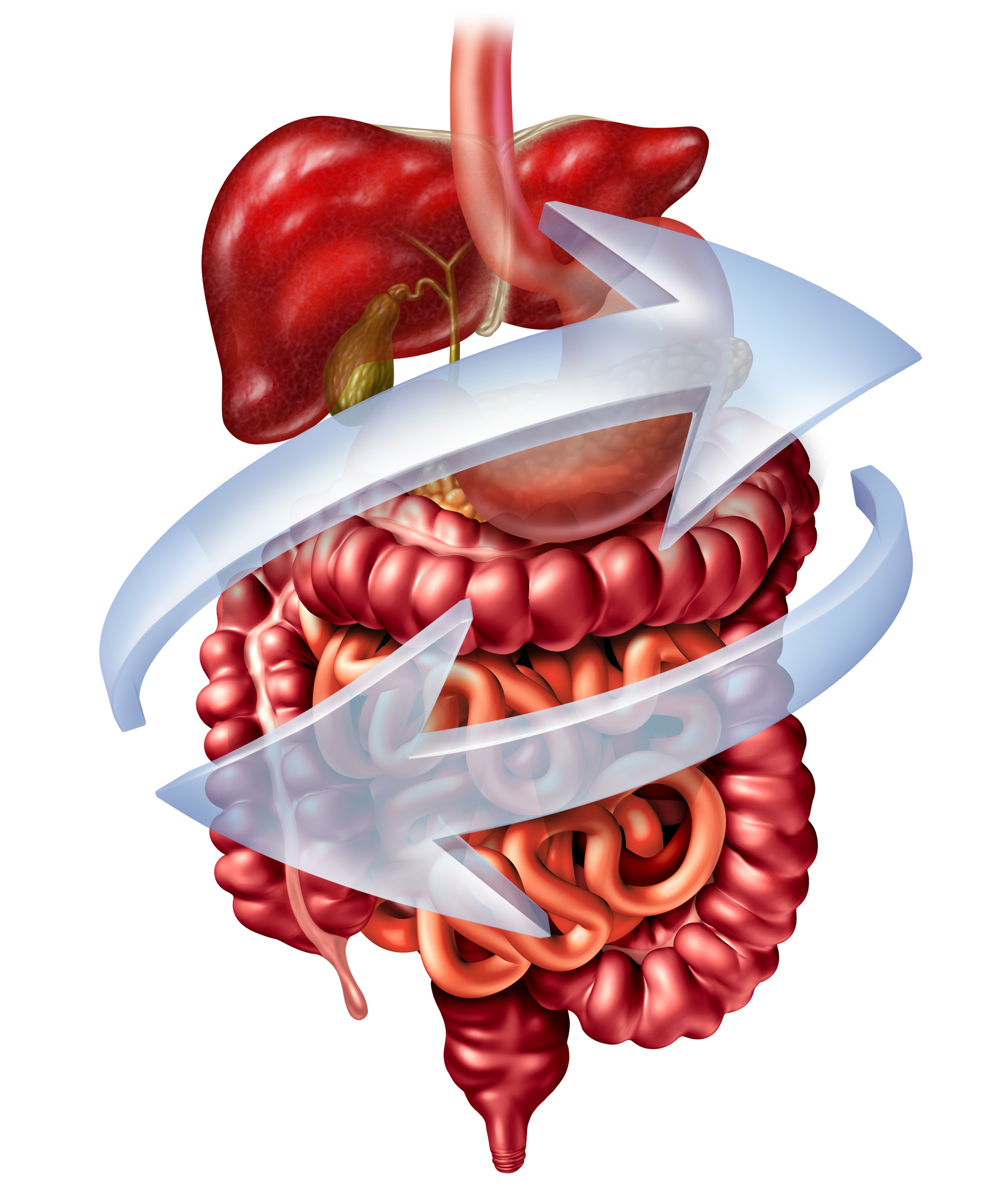
Weizmannia coagulans IOB502
Tianjin Chuangyuan Biotechnology Co., Ltd., as a pioneer and practitioner in the field of micro-ecological preparations and postbiotics in China, has achieved significant research results in the research and application of Weizmannia coagulans. Its research team has applied for and obtained relevant invention patents using the solid-state fermentation technology independently developed by the company to address the existing technological deficiencies at home and abroad.The test sample is a fermented powder preparation of Weizmannia coagulans IOB502 prepared by a segmented solid-state fermentation method, which will be used for functional verification in animal experiments related to improving alcoholic liver injury.1. Activity DetectionTable 1 Activity Detection of Weizmannia coagulans IOB502 Powder(Detection method follows GB 4789.35-2016 National Food Safety Standard, Food Microbiology Testing, Lactic Acid Bacteria Testing)
2. Nutritional Component Detection
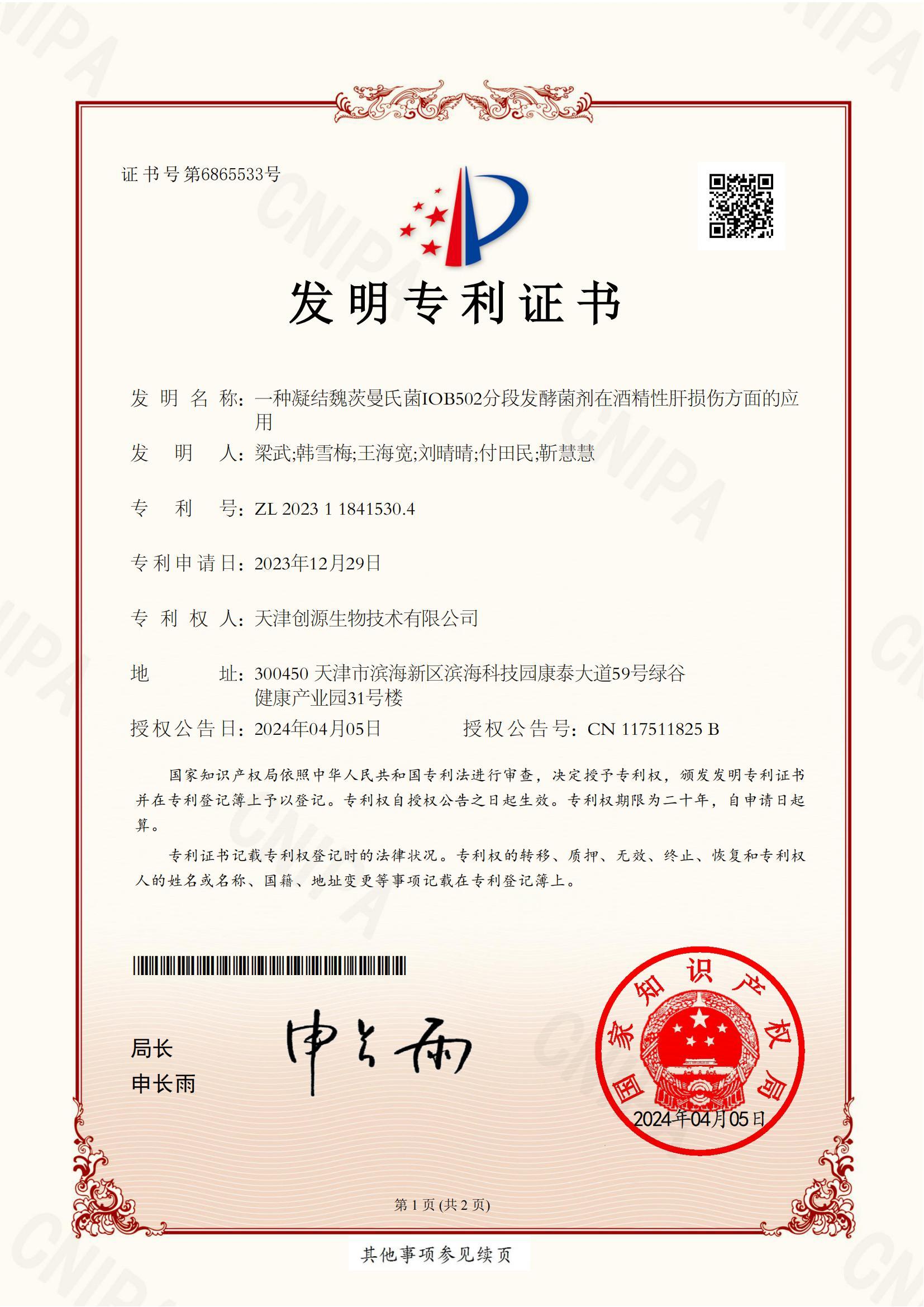
Table 2 Nutritional Component Detection of Weizmannia coagulans IOB502 Powder and Preparation
(Detection methods: Soy Peptide GB/T22492-2008; Isoflavone Aglycone GB/T23788-2009; Soy Oligosaccharides GB/T 22491-2008)
As shown in Table 2, the Weizmannia coagulans IOB502 fermented powder preparation provided by this method has a high content of isoflavone aglycone, soy oligosaccharides, and soy peptides.

3. Animal Verification Experiment:
Ethanol Dehydrogenase (ADH) activity (establishing an acute alcoholic liver injury mouse model; experimental group samples: Weizmannia coagulans IOB502 fermented powder preparation, Experiment 1 group: low dose group; Experiment 2 group: medium dose group; Experiment 3 group: high dose group)
Figure 1 Mouse Ethanol Dehydrogenase (ADH) Activity
As shown in Figure 1, after mice consumed ethanol, ADH activity increased, and short-term excessive drinking led to an increase in liver ADH activity. Compared with the model group, all experimental dose groups significantly increased ADH activity, obviously accelerating the speed of ethanol decomposition into acetaldehyde, which is beneficial for the decomposition and metabolism of ethanol in the liver, demonstrating good hangover relief effects.

4. Animal Verification Experiment: Alanine Aminotransferase (ALT) and Aspartate Aminotransferase (AST) Activity
Figure 2 Mouse Alanine Aminotransferase (ALT) and Aspartate Aminotransferase (AST) Activity
由表2可知,依据该方法提供的凝结魏茨曼氏菌IOB502发酵菌粉制剂,其异黄酮苷元、大豆低聚糖、大豆肽含量较高。
3. 动物验证试验:
乙醇脱氢酶(ADH)活力(构建急性酒精性肝损伤小鼠模型;实验组样品:凝结魏茨曼氏菌IOB502发酵菌粉制剂,实验1组:低剂量组;实验2组:中剂量组;实验3组:高剂量组)
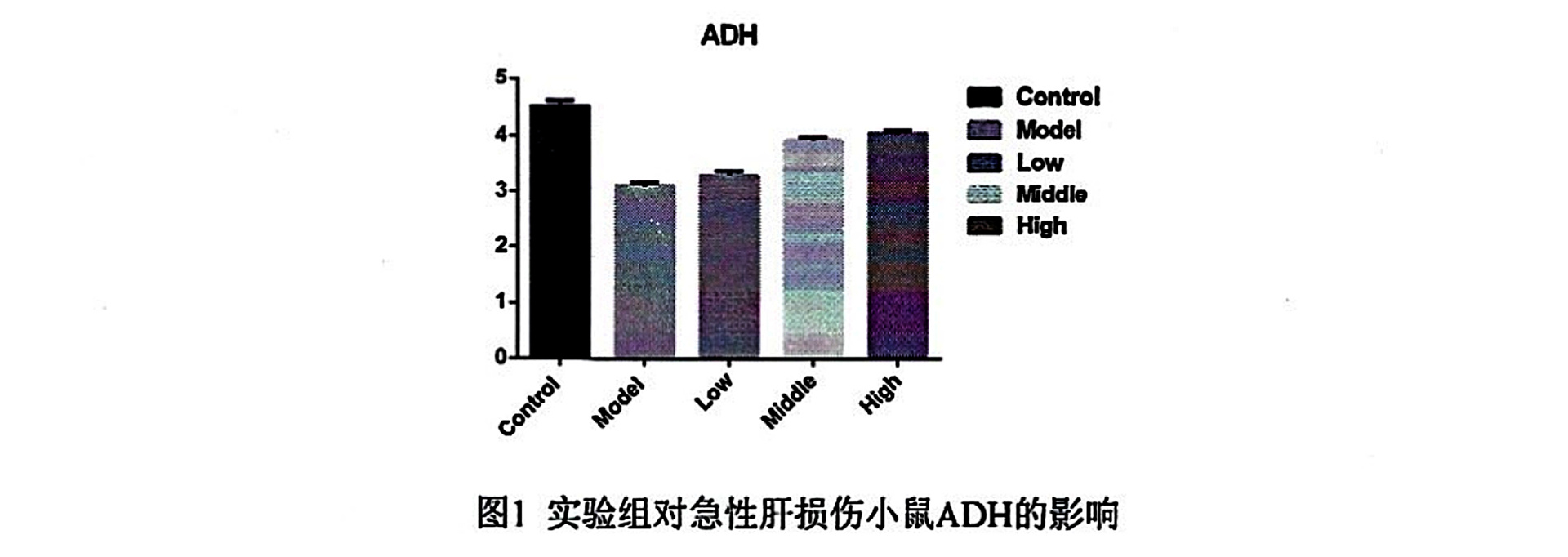
图1 小鼠乙醇脱氢酶(ADH)活力
如图1所示,小鼠摄入乙醇后,ADH活力上升,短期内大量饮酒会导致肝脏ADH活力升高。与模型组相比,各实验剂量组均能显著提高ADH活力,明显加快乙醇分解为乙醛的速度,有利于肝脏中乙醇的分解代谢,具有较好的解酒作用。
4. 动物验证试验:丙氨酸转氨酶(ALT)和天冬氨酸转氨酶(AST)活力
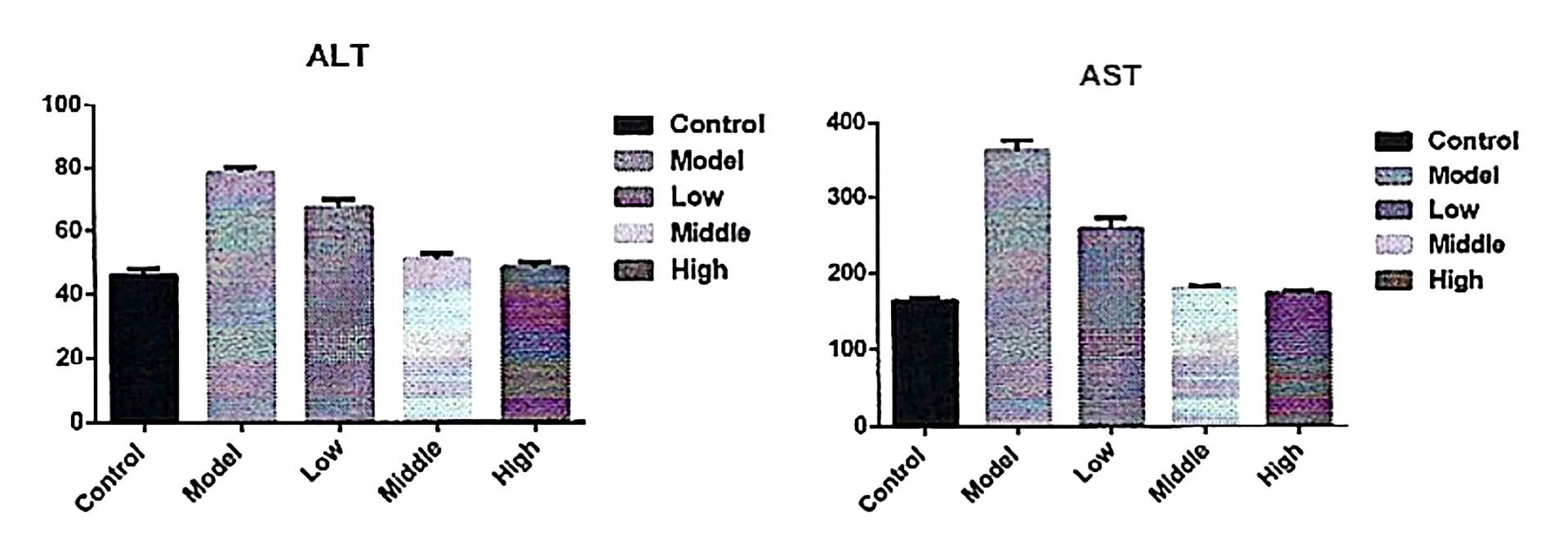
图2 小鼠丙氨酸转氨酶(ALT)和天冬氨酸转氨酶(AST)活力
Alanine aminotransferase (ALT) and aspartate aminotransferase (AST) are enzymes distributed in the cytoplasm and mitochondria of liver cells. Under normal conditions, the levels of ALT and AST in the blood are maintained at a low level. However, when the body ingests a large amount of alcohol, liver cell necrosis occurs, and ALT and AST are released into the blood. Therefore, the increase in ALT and AST activity in the blood can serve as an indicator of liver cell damage.
As shown in Figure 2, compared to the normal group, the serum ALT and AST activity in the model group significantly increased, indicating that the acute alcoholic liver injury mouse model was successfully established. Compared to the model group, the ALT and AST activity in each experimental dose group significantly decreased, indicating that the IOB502 fermentation powder preparation of the condensed Weissman bacteria has a good protective effect on liver cells in mice with acute alcoholic liver injury.
5. Animal validation test: Superoxide dismutase (SOD) and glutathione peroxidase (GSH) activity
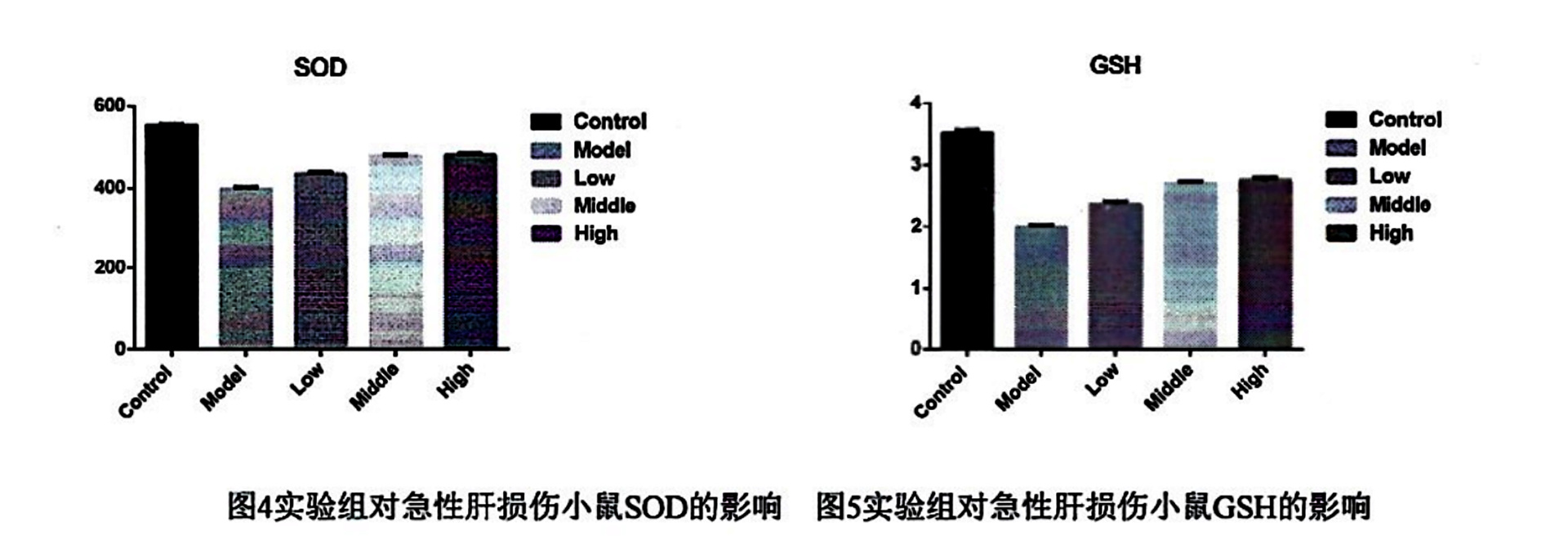
Figure 3 Superoxide dismutase (SOD) and glutathione peroxidase (GSH) activity in mice
The large amount of free radicals produced by ethanol metabolism is an important reason for "drinking harms the body." Superoxide dismutase (SOD) and glutathione (GSH) act as free radical scavengers, capable of eliminating free radicals in the body.
As shown in Figure 3, the SOD activity and GSH content in the liver tissue of the model group mice were lower than those in the normal group, indicating that acute alcohol consumption leads to a significant depletion of SOD and GSH. Compared to the model group, each experimental dose group was able to increase the SOD activity and GSH content in the liver of mice, indicating that the IOB502 fermentation powder preparation of the condensed Weissman bacteria can eliminate free radicals produced by ethanol metabolism, reducing its damage to the liver.
6. Animal validation test: Triglycerides (TG) and total cholesterol (TC) concentration
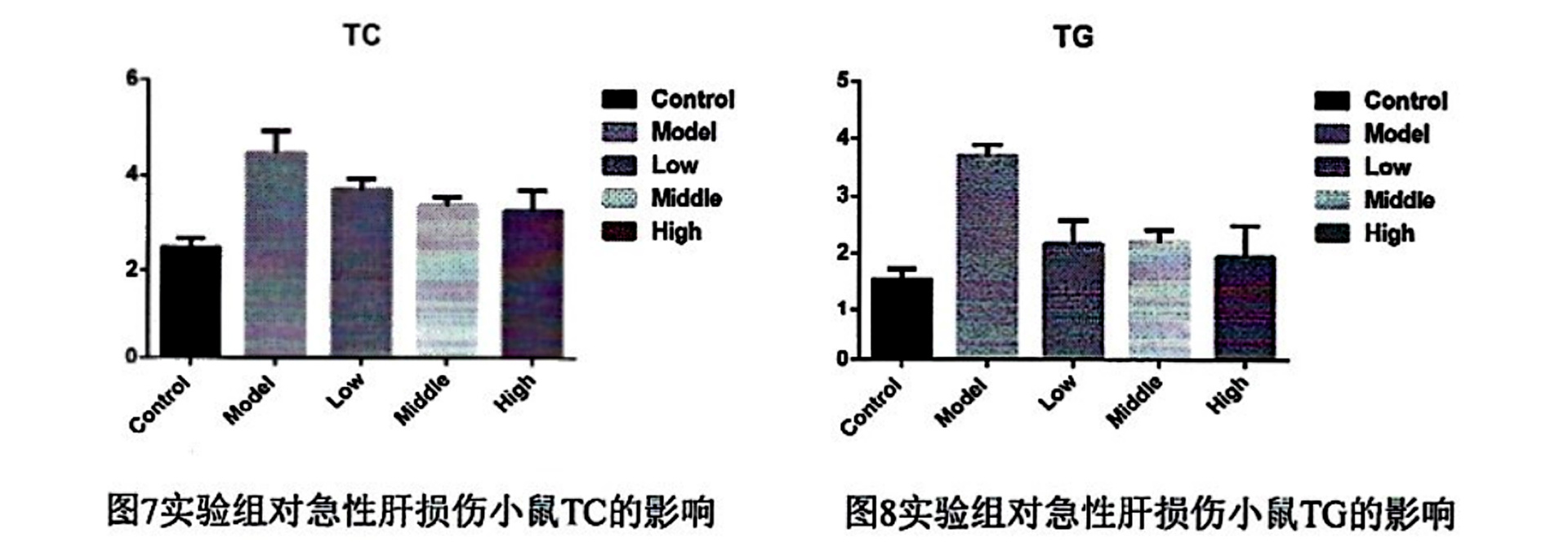
Figure 4 Triglycerides (TG) and total cholesterol (TC) concentration in mice
Since lipids and alcohol are both metabolized in the liver, a large amount of alcohol can lead to liver cell damage, affecting the metabolism of liver cells, which can result in elevated blood lipids, increased glycerol phosphate, liver fibrosis, and subsequently lead to increased total cholesterol (TC) and triglyceride (TG) synthesis.
As shown in Figure 4, compared to the model group, the TC and TG levels in each experimental dose group significantly decreased, indicating that the IOB502 fermentation powder preparation of the condensed Weissman bacteria can effectively reduce the accumulation of blood lipids in the liver.
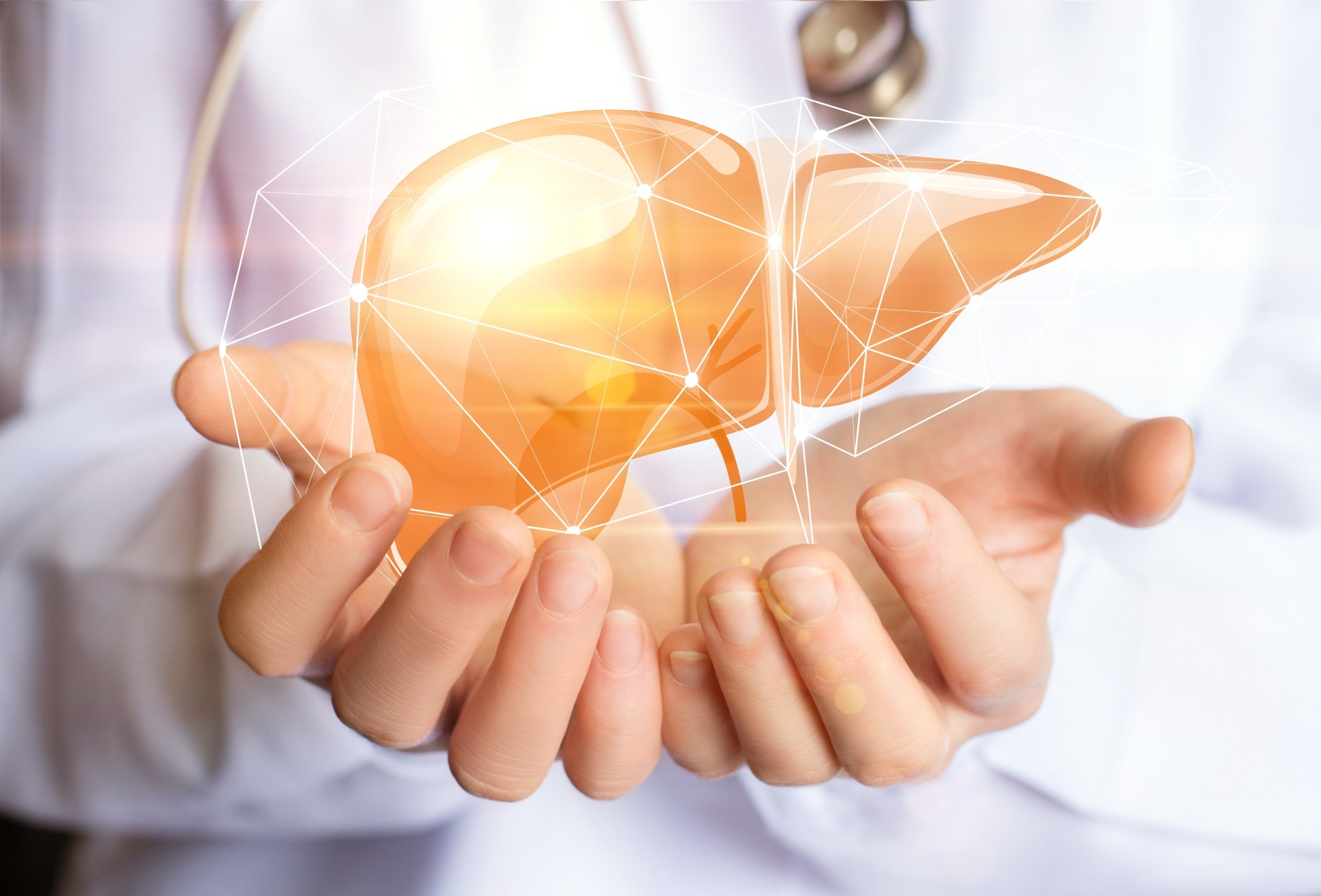
In summary, the IOB502 bacterial powder preparation of the condensed Weissman bacteria can enhance the ADH activity in the liver of mice with acute alcoholic liver injury, promote ethanol metabolism, and has a good effect in alleviating intoxication. At the same time, it can increase the SOD activity and GSH content in the liver of mice with acute alcoholic liver injury, reducing the damage of ethanol to the liver, and can effectively lower the ALT and AST activity in the serum of mice with alcoholic liver injury, providing good protection for mouse liver cells. Additionally, it can effectively reduce the accumulation of blood lipids in the liver, providing a certain theoretical basis for alleviating ethanol-induced liver damage and improving acute alcoholic liver injury, while also providing ideas for the development of live bacteria and its product formulations from the IOB502 strain and the commercial application of research results.
[1] NICULESCU L S, DULCEANU M D, STANCU C S, et al. Probiotics administration or the high-fat diet arrest modulates microRNAs levels in hyperlipidemic hamsters[J]. Journal of Functional Foods, 2019, 56:295-302.
[2] Liang Zihua, Li Jiayi, Xie Linhui, et al. The preventive and control effect of Lactobacillus casei FZU103 on alcoholic liver injury in mice[J]. Food Science, 2024, 45(07):135-144.
[3] ALBILLOS A, DE GOTTARDI A, RESCIGNO M. The gut-liver axis in liver disease: pathophysiological basis for therapy[J]. Journal of Hepatology, 2020, 72(3):558-577.
[4] ZHAO H, KONG L Z, SHAO M T, et al. Protective effect of flavonoids extract of Hippophae rhamnoides L. on alcoholic fatty liver disease through regulating intestinal flora and inhibiting TAK1/p38MAPK/p65 NF-κB pathway[J]. Journal of Ethnopharmacology, 2022, 292:115225.

Previous Page
Previous Page
Related News


